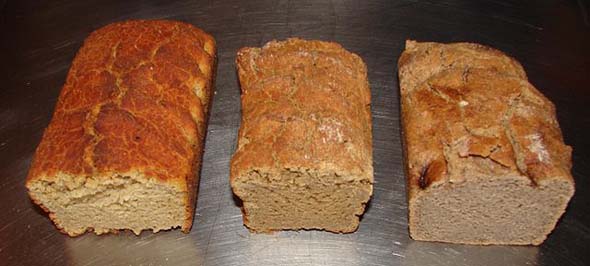There may be two kinds of everything in the world. Those who like chocolate cake and those who, frankly, would rather have a good pickle. Those who are happiest in a crowd and those who enjoy being alone. Introverts. Extroverts. This also applies to moving.
To my amazement, there are those who really like moving, For years. Celina and I have shared a duplex with our best friends: Rita and Norm. Norm lived with me before we met our mates. In fact, Norm lived with a lot of people. For a long while, his idea of a good time seemed to include a move to another part of Montreal almost every year.
Norm was trained as an architect. Based on a sample of one, I conclude that there is something inherently peripatetic about this profession. Architects build things. They create and may have a compulsive need to constantly re-create their environments. Their mantra is: That was good, the next one will be better.
Writers re-create their environments, too, but it is an internal process. We, or so I like to think, crave staying in one place because it is so easy to go rootless staring at an empty computer screen or a blank piece of paper. The question: “Where am I?” (in this piece, in this story) can be frighteningly existential for a writer, but profoundly physical and satisfying for the architect.
Moving can be a moving experience. Renovation, which is just another form of renewal, might sustain them for a while but eventually they get the urge for goin’. There is a powerfully attractive “there-ness” in moving to a new place and building something, in standing back and saying, “I’ve done it.” I do understand this.
However, I rejoiced when I once heard David Suzuki claim that the most damaging thing we can do for the environment is to move. Finally I had an eco-friendly scientist to support my trauma: all those boxes, all those vans and car trips, just to take stuff from one place to another. Better to have a fire or a nice flood (the astute reader may insert a favourite joke here) than to actually have to move.
My last move, about 30 years ago, was from Park Ave., where I had lived for 15 years, to eastern N.D.G., which I had rarely encountered before. My daughter is somewhat proud that I was Mile Ender before Mile End became hip. My father, who had grown up on Coloniale, was amazed that I lived so long and willingly in an area that he had worked so hard to get out of. Perhaps he thought moving to N.D.G. meant I was finally coming to my senses. For me, it meant I had found someone I wanted to live with and would, hopefully, never have to move again.
Meanwhile, the architect in Norm dreams “what if scenarios.” Maybe when the kids are grown and have left, maybe we would all move en masse, maybe those of us on the top floor of the duplex will mutter “oy” for the last time as our knees creak, and, of course, who knows? But for now, the rooted outnumber the rootless and moving on means no moving on.
Gluten-free cheese & onion bread
We have recently been moving into gluten-free dishes, as one of us has developed a serious intolerance to the stuff. Gluten-free bread dishes are easy to make. Look for gluten-free flour made with different kinds of non-wheat flours (rice, tapioca, amaranth, quinoa, millet, teff, sorghum, potato, soy and corn may all be part of the mix) and not too much starch, as there isn’t much nutrition in starch. Ideally the mix will have xanthan or guar gum (or a similar a binder). This recipe, for a cheese & onion bread, is based on one from Hannah Miles’ book The Gluten-free Baker.
Mix 2 cups gluten free flour with 4 teaspoons of baking powder, ½ teaspoon of salt, and ½ teaspoon of xanthan gum (if it is not in the mix—this gum is sold in many health-food stores). Add 3 eggs, 3½ tablespoons of melted butter, 2 tablespoons of yogurt or buttermilk, ½ cup each of grated Gruyère and cheddar cheeses and1 tablespoon each of of black onion seeds and finely chopped chives.
Spoon the mixture into a pan, sprinkle a ¼ cup of Parmesan cheese over it and bake for 40-50 minutes in a 350F (180C) oven, until the top is golden and it springs back when the top is touched. Let the bread sit for a few minutes before taking it from the pan and cool it on a wire rack.





Be the first to comment on "The architecture of eating and moving"